Photocatalytic optical fibers convert water into hydrogen
Green Car Congress
APRIL 6, 2020
Researchers at the University of Southampton have transformed optical fibers into photocatalytic microreactors that convert water into hydrogen fuel using solar energy. Alongside hydrogen generation from water, the multi-disciplinary research team is investigating photochemical conversion of carbon dioxide into synthetic fuel.






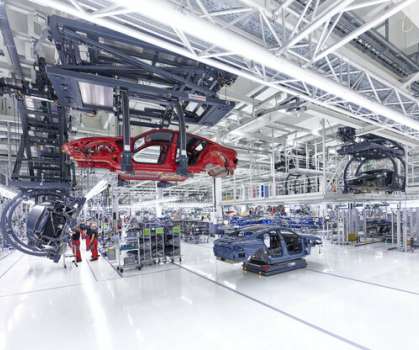
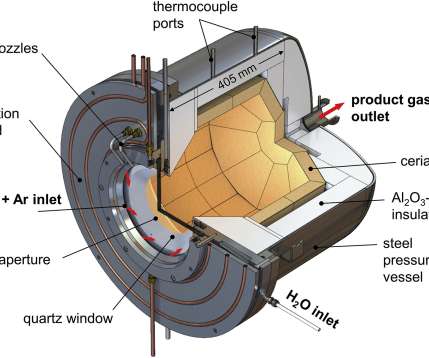

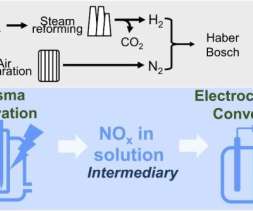












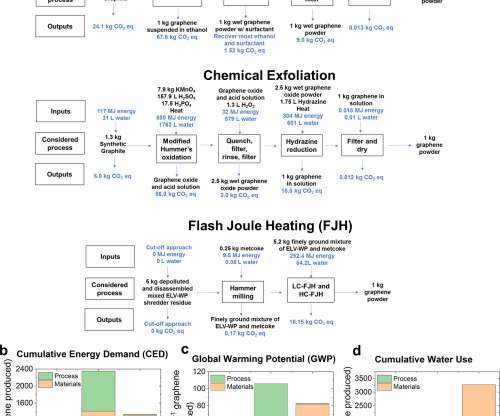
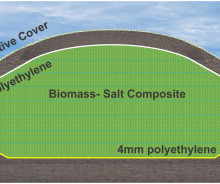
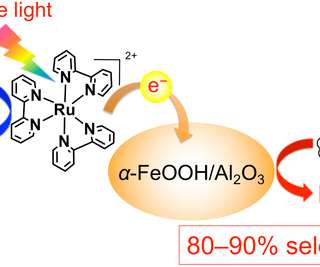






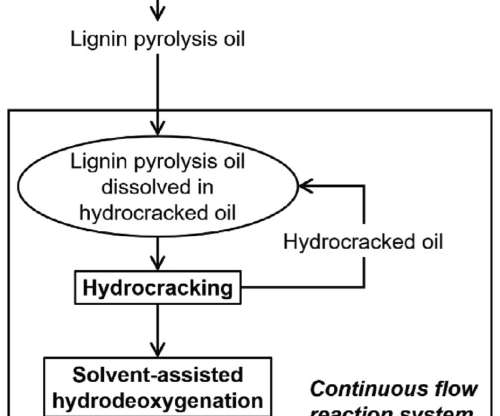



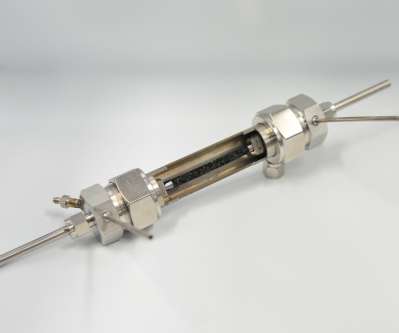








Let's personalize your content